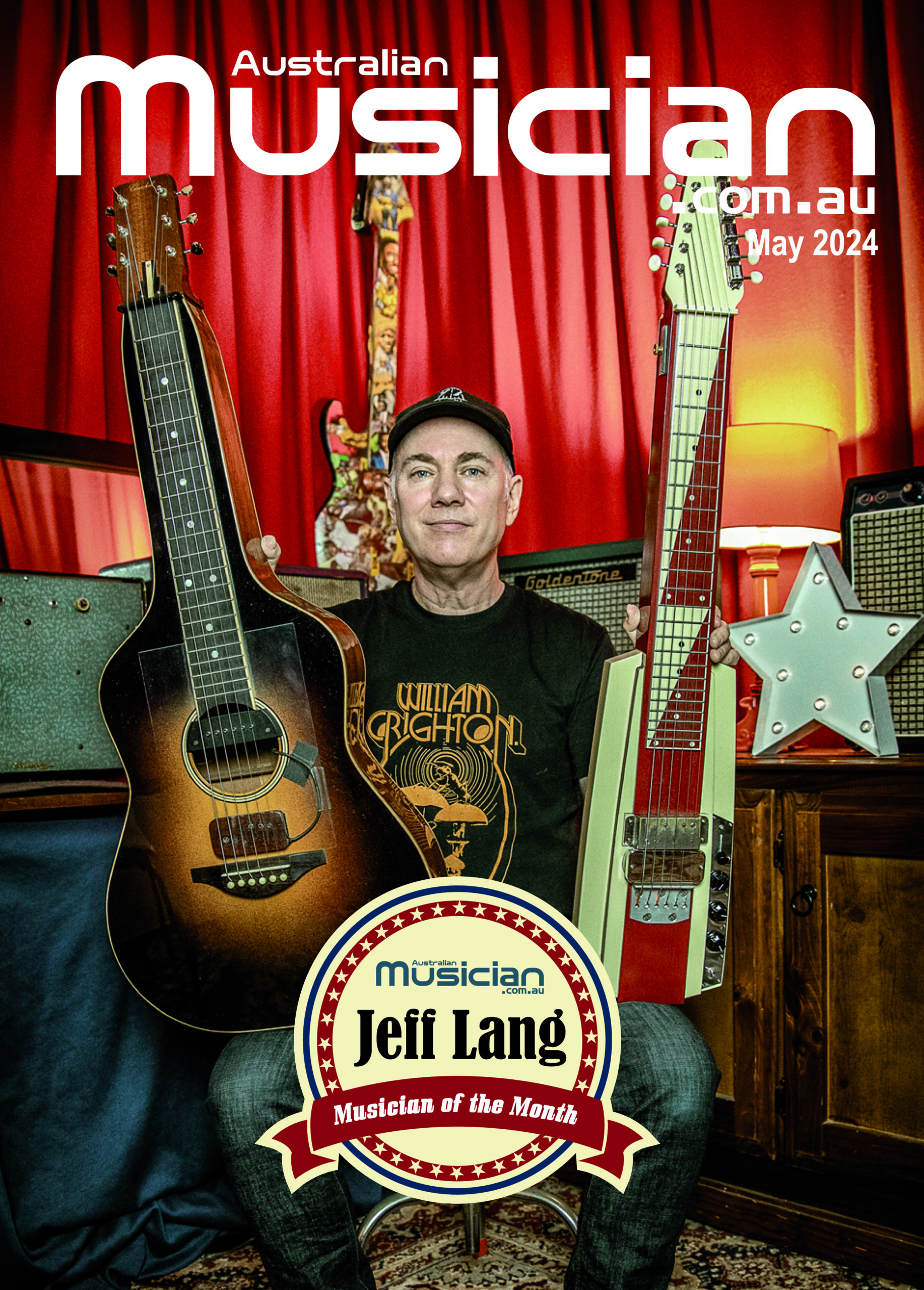ROLAND JUNO-G
September 11, 2007 | Reviewer: Gordon Ryder
Distributor: ROLAND AUSTRALIA (02) 9982 8266
 Mention the name Juno to someone who has been around electronic instruments for a while and you’re likely to have an ‘I remember that’ conversation. After all Roland have used the name Juno on many keyboards, the first being the Juno-6 circa 1982. The common thread between Juno keyboards is affordability while maintaining instrument quality. I can confidently say that the latest incarnation, the Juno-G raises the bar when it comes to keyboard/synthesizer/workstations and Roland is giving the competition a real run for their money.
Mention the name Juno to someone who has been around electronic instruments for a while and you’re likely to have an ‘I remember that’ conversation. After all Roland have used the name Juno on many keyboards, the first being the Juno-6 circa 1982. The common thread between Juno keyboards is affordability while maintaining instrument quality. I can confidently say that the latest incarnation, the Juno-G raises the bar when it comes to keyboard/synthesizer/workstations and Roland is giving the competition a real run for their money.
It’s near impossible to summarise all the features of the Juno-G but I’ll throw a few bones out there: the Juno-G features 61-notes, 128-voice polyphony, 16-track sequencing, 4-track audio-recording, SRX expansion, Fantom-X-quality sounds, USB, a software editor, arpeggiator, chord-memory, multi-effects… I could go on but you get the picture; there’s a lot packed in and I imagine some of you will be scratching your head about the audio-recording part. But it’s true the Juno-G does have a multi-track recorder built in. This opens plenty of possibilities not least making it a tool for the home-studio. More on this later.
Starting with sounds, I found the Juno-G to be like a best of selection of sounds I recognised from the Fantom range, with a few others I hadn’t heard before. The sounds we know Roland synths well for are certainly there including thick-basses, realistic modelled (COSM) guitar sounds, top acoustic/electric pianos and a great selection of drum sounds. The nuance that Roland have injected into these sounds has improved greatly over years particularly with the multi-level sampling and if you’re unfamiliar with what’s on offer you need to get down and try them for yourself. I was pleased to find an SRX expansion slot available meaning that you can also add more sounds from Roland’s SRX library; arguably the most versatile collection of expansion boards available. Full editing of sounds is possible and a certain amount can be done easily via the sliders and knobs on the top panel. Editing is opened up via a Patch Edit button and further parameters can be explored by selecting a Pro Edit button for those that like to dig deeper. I should mention also that a software editor is included which allows editing to be done more clearly via computer monitor.
Audio recording on the Juno-G works something like pressing record, choosing audio or MIDI and then start. Audio can be recorded onto one of four tracks and edited in a number of ways such as chopping, normalising, truncating, time-stretching, reversing etc. I should start by saying that if you want extended recording time on the Juno-G you should add extra RAM. I had 512MB handy so after slotting that in I had a total of 102 minutes recording time (in mono). Once you’ve recorded some audio you can change the tempo and the audio will automatically change also. Even better you can change the pitch of the audio at the turn of a knob, in real time; handy for key changes without having to re-record. I used the USB port to connect to computer and from here I copied some pre-recorded audio to the Juno-G. I imported this audio to a track seamlessly. This could be great if you already have samples from elsewhere that you want to make use of. In short the audio-recording is very versatile and easy to get familiar with.
A stroke of genius I haven’t mentioned is the ability to turn audio into your own unique sound (or Patch as Roland call it). Any audio that’s been recorded can become a Patch and the Juno will spread this across the keyboard with pitches corresponding to each note. Effectively you can use this to create sounds from scratch, or at least to have some different samples assigned to the keyboard. Each audio sample can be set to one-shot or looped which is an essential feature for those wanting to sample grooves and hits. This is all very handy and a great example of Roland integrating audio into their keyboards for greater versatility.
I’ve already mentioned USB and the ability to connect the Juno-G to a computer. Roland also throw in a lite version of Cakewalk software but I didn’t feel much of an impulse for this. With sounds and recording taken care of within the Juno I was quite comfortable; playing, recording and mixing (via the sliders) all seemed immediate enough. In a sense it’s great to be able to switch off the computer and deal with a machine that has more of a tactile nature.
Value for money the Juno-G is a knockout product. It’s a keyboard that will satisfy a player or songwriter or someone wanting to dabble in both. I’d strongly recommend having a bash on this one, it’s a beast!


